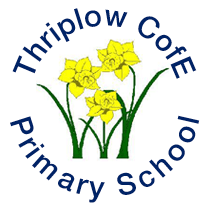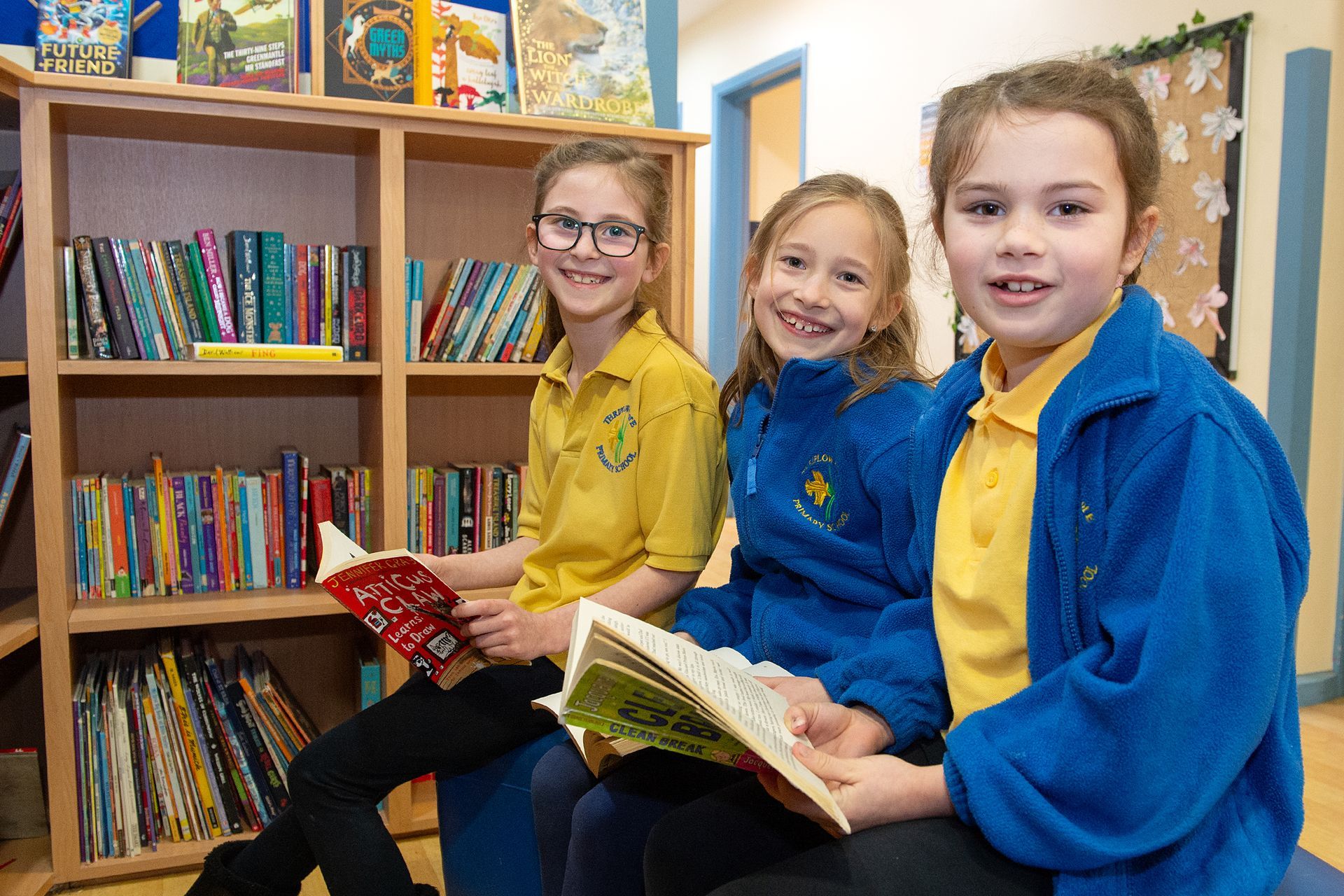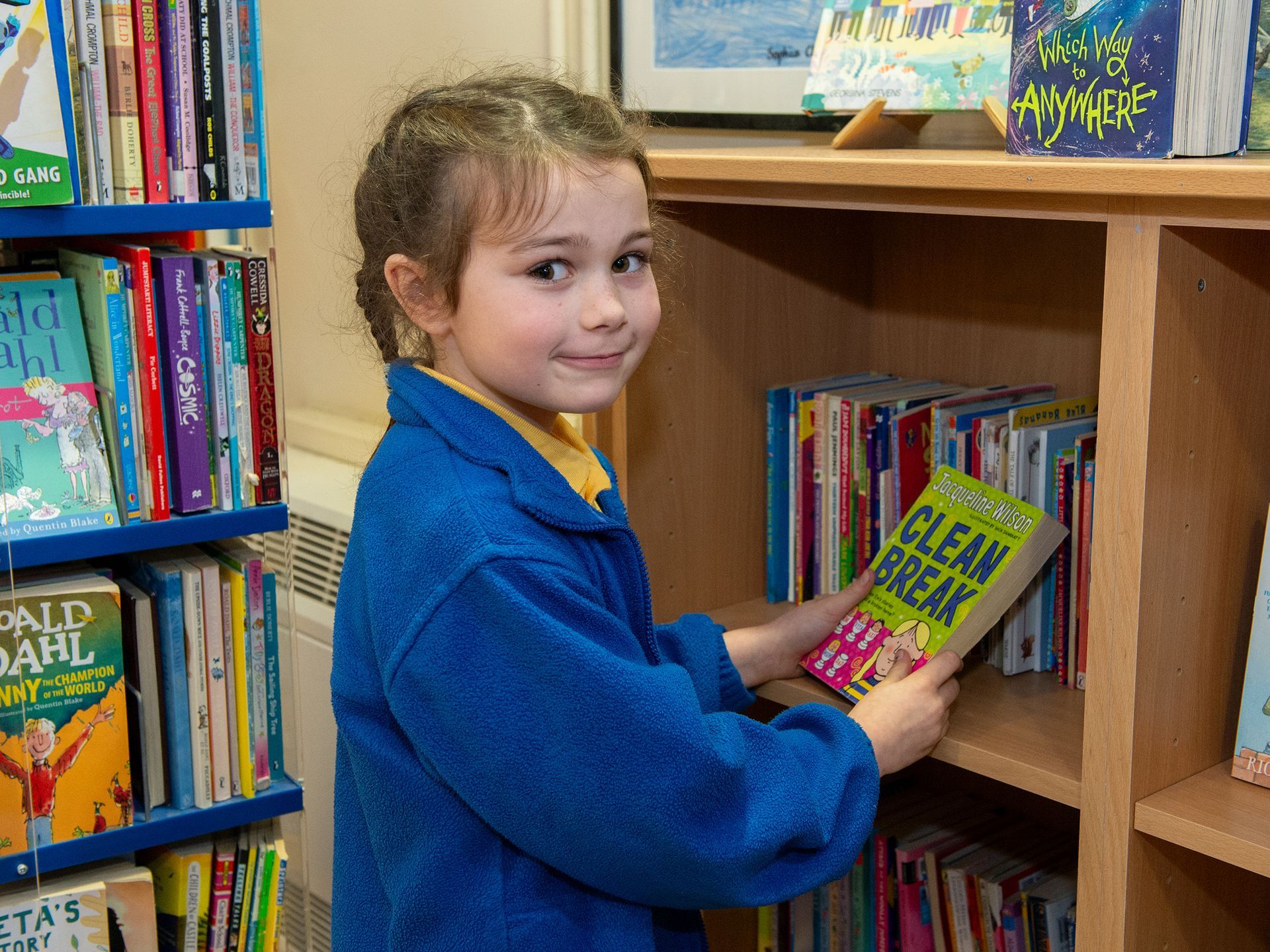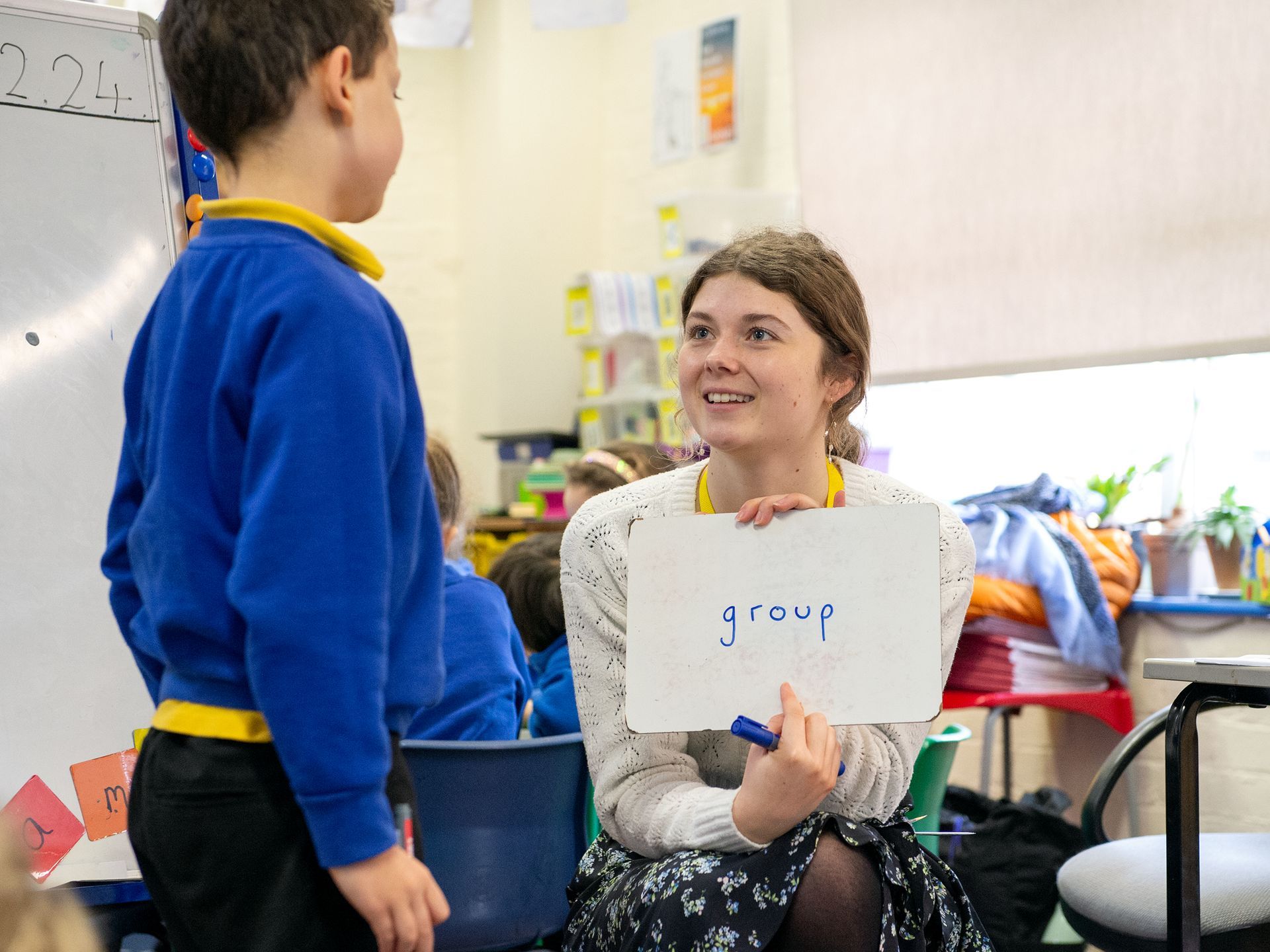
English at Thriplow
At Thriplow we believe all our children (from EYFS to Y6) are entitled to an ambitious, knowledge-rich English curriculum that ensures they will become fluent readers and writers who are able to confidently access the demands of the secondary school curriculum. Our English curriculum is driven by a canon of culturally important, high-quality texts. This is the stimulus for all our reading and writing. We have chosen texts which lead to the development of the personal and cultural capital of children. We believe that in order for our children leave school as successful learners, they need to have knowledge of a range of these texts.
Phonics
At Thriplow School, we teach children to decode (read the words on the page) using the Sounds Write phonics programme. This is a linguistic phonics programme that teaches children 175 sound-spelling correspondences over YR to Y2 and beyond. Rather than moving on to spelling rules, which have many exceptions and contradictions, children learn and apply more sound-spelling correspondences (the extended code) in their reading and writing throughout their time at Thriplow. The linguistic phonics approach looks at the relationship between the spoken language and the written word. Children will study three main skills to enable them to learn to read: blending, the skills of blending letters together; segmenting, separating sounds for spelling; and manipulating, swapping sounds to develop reading accuracy.
Throughout KS2, children phonics lessons replace discrete spelling lessons. Through phonics teaching children in KS2 are able to apply their existing code knowledge as well as develop their knowledge of affixes.
Teachers receive extensive Sounds Write training to support them to deliver the linguistic phonics lessons. The Sounds Write programme takes the children step-by-step through phonics, introducing them to the 44 different sounds in the English language and their different spellings gradually and systematically. The programme is highly specified, carefully sequenced and code knowledge is revisited so that it is taught to be remembered.
Phonics is taught whole-class and any children who did not fully grasp the learning repeat the appropriate part(s) of the lesson in a smaller group/1:1 basis to ensure gaps do not form. Children working below age-related expectations still join in with the whole-class phonics lesson and then receive additional phonics teaching focused on their stage of code knowledge. This approach ensures children catch up quickly and keep up.
Parents can visit:
https://sounds-write.co.uk/support-for-parents-and-carers/ which includes information and a free course for parents to support their children effectively with phonics and early reading.
Reading
In YR and Y1, children practice reading the words on the page by reading texts that are fully aligned to our phonics programme. These are different to what you might read at home because they are phonically controlled to ensure they are practising previously taught sound-spelling correspondences. It is vital that children develop their code knowledge to automaticity, so they will practice reading from the same decodable text for several days until they are completely fluent. In addition, they listen to texts read to them from our reading canon to ensure they experience a rich reading diet that develops their vocabulary and background knowledge. As their code knowledge increases, children begin to read aloud texts from the reading canon. When learning to decode, children will take home a phonically controlled text to practise the mechanics of reading, and they will also take home a language-rich text to share with a family member. Once children have learnt sufficient code, the texts they take home will be selected by them with support from their class teacher.
Being able to read quickly and fluently unlocks comprehension of the written texts. Anything that occupies our attention limits our ability to think; if we have to spend too much time thinking about how to decode the words on the page, we will have reduced capacity to consider the meaning of those words. In order to optimise reading fluency, all children read aloud in whole class reading lessons. This may be individually, through echo reading or repeated reading. All children read the text as secondary readers, while the primary reader is reading aloud to maximise the amount of reading done by every child in every lesson. We pitch the texts above the national reading level for each age group in order to develop children's ability to read effortlessly over large sections of academic text as they progress through the school. We set our expectations high and anticipate that children will meet those expectations.
Reading is more than lifting the words from the page; children need a rich vocabulary and background knowledge to help them understand the words they are reading. Our reading canon has been carefully selected to ensure all children develop a broad and deep vocabulary and background knowledge to develop their reading comprehension. We also read in all curriculum areas to further develop this.
Across the whole school, specific reading techniques are used to ensure that all children join in with reading aloud. These include repeated reading and close reading of sections of text. Additional scaffolding may be required for the some children, for example, in some cases the teacher informs the child in advance which part they are expected to read, and children may pre-read the text with an adult at home or in school ahead of the whole class lesson.




